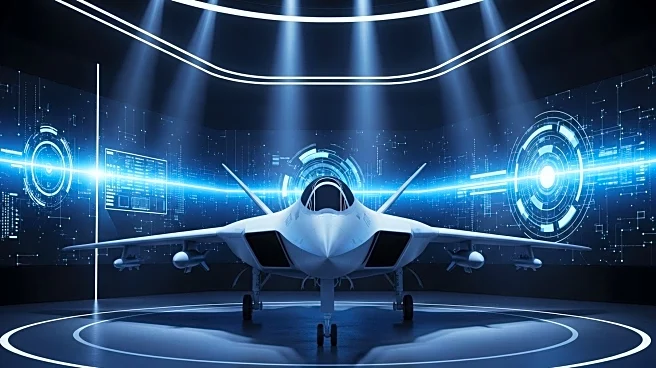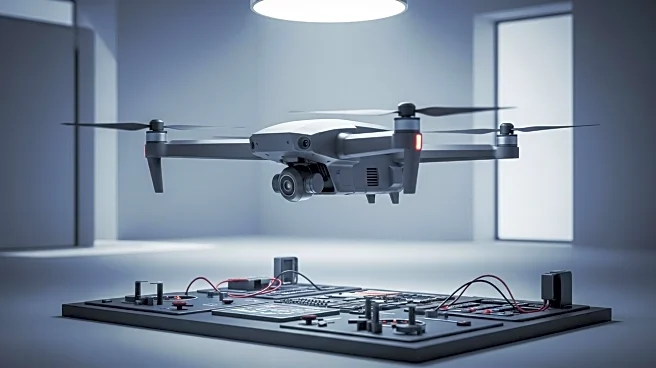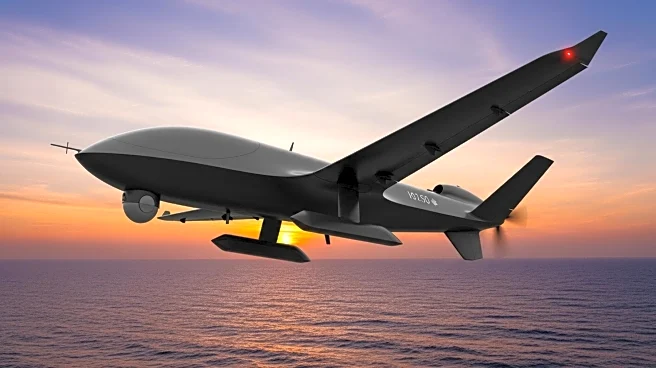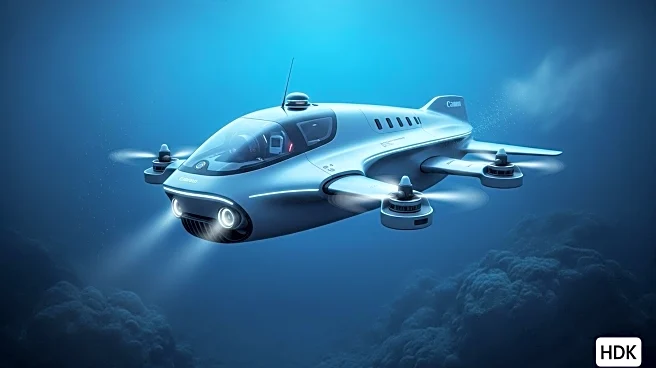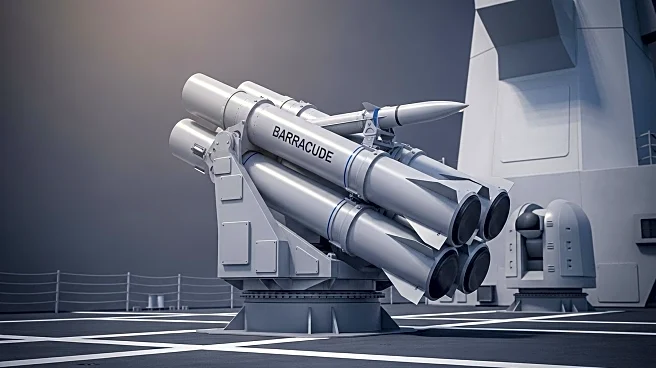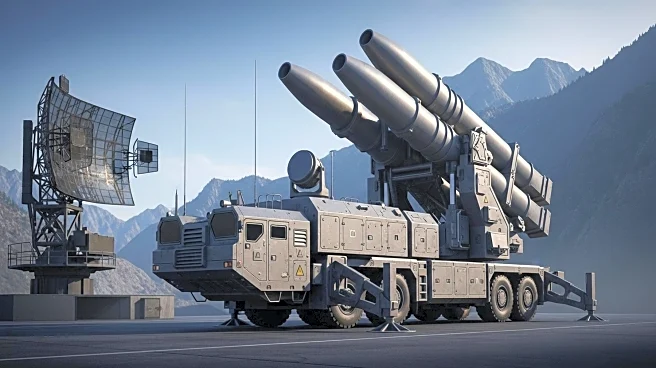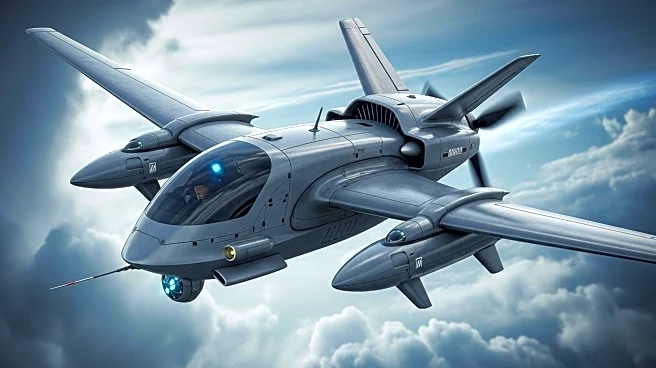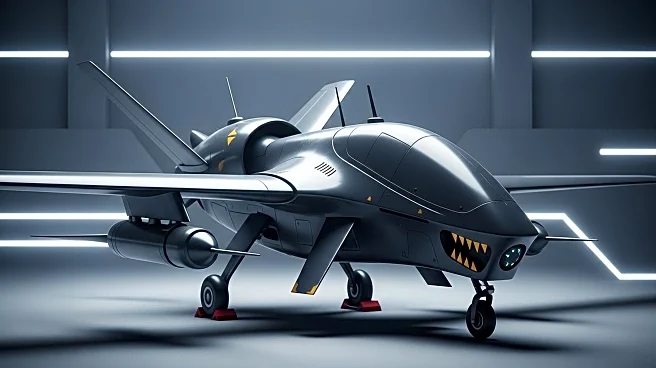What's Happening?
Taiwan's National Chung-Shan Institute of Science and Technology (NCSIST) has introduced a new anti-tactical ballistic missile system, the Chiang-Kong interceptor, at the Taipei Aerospace & Defense Technology Exhibition (TADTE) 2025. The system is designed to intercept tactical ballistic missiles at a mid-altitude of 70 km. Key components include a semi-trailer-based launcher capable of carrying four missiles, a control center, and an active electronically scanned array (AESA) radar. The AESA radar provides 360-degree search, tracking, classification, and target identification capabilities, guiding the missiles to their interception points. The Chiang-Kong system features a hypersonic two-stage missile with a booster and kill vehicle, utilizing inertial navigation and radar uplink corrections for mid-course guidance, and an active seeker for terminal phase guidance.
Why It's Important?
The unveiling of the Chiang-Kong interceptor represents a significant advancement in Taiwan's missile defense capabilities, particularly in the context of regional security dynamics. As tensions in the Asia-Pacific region continue to evolve, the development of such defense systems is crucial for maintaining strategic stability. The system's ability to intercept tactical ballistic missiles enhances Taiwan's defensive posture against potential threats. This development could influence regional defense strategies and prompt neighboring countries to reassess their own military capabilities. The introduction of advanced missile defense technology also underscores Taiwan's commitment to self-reliance in defense and its ability to innovate in the face of geopolitical challenges.
What's Next?
Following the unveiling, the Chiang-Kong interceptor is likely to undergo further testing and evaluation to ensure its operational readiness. Taiwan may seek to integrate this system into its broader defense infrastructure, potentially collaborating with international partners for additional support and development. The introduction of this system could lead to increased military cooperation and dialogue with allies, as well as potential diplomatic discussions with neighboring countries regarding regional security concerns. Observers will be watching closely to see how this development impacts Taiwan's defense strategy and its relations with other nations in the region.

